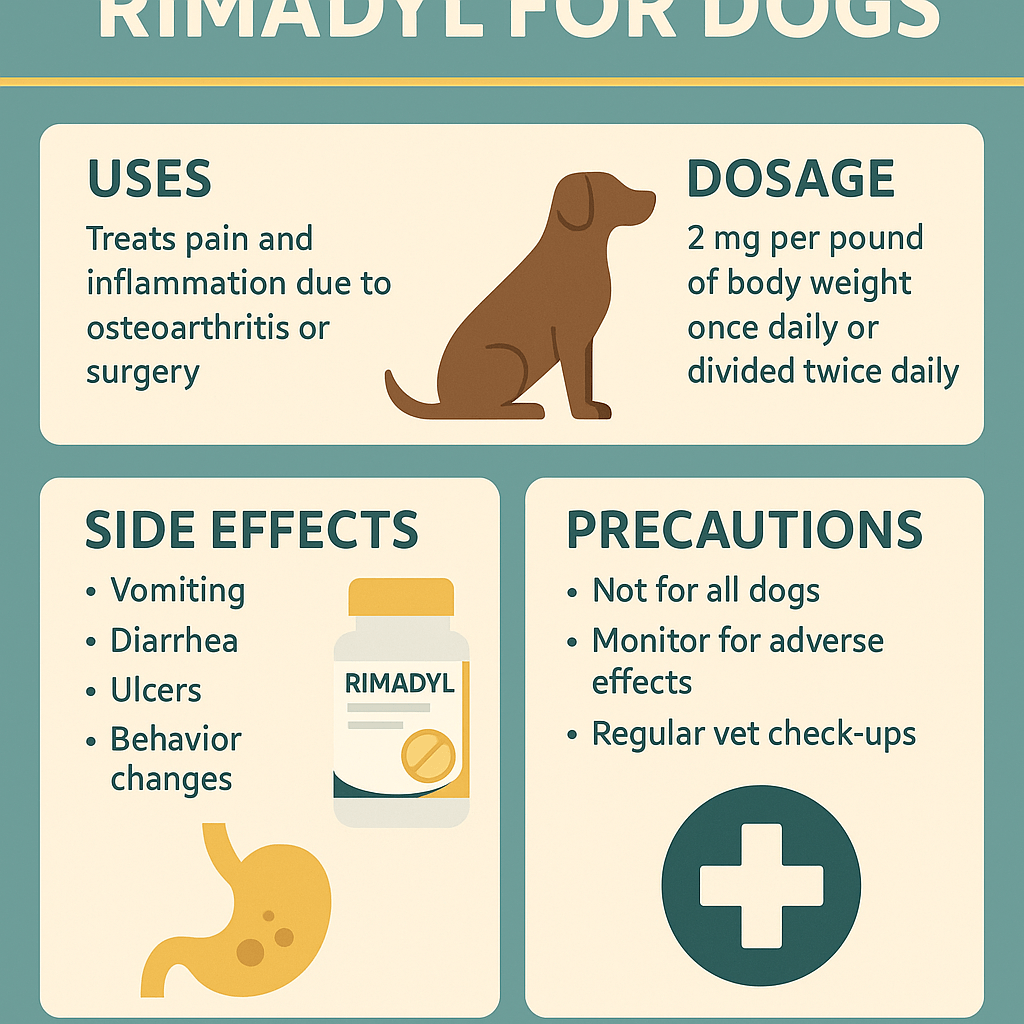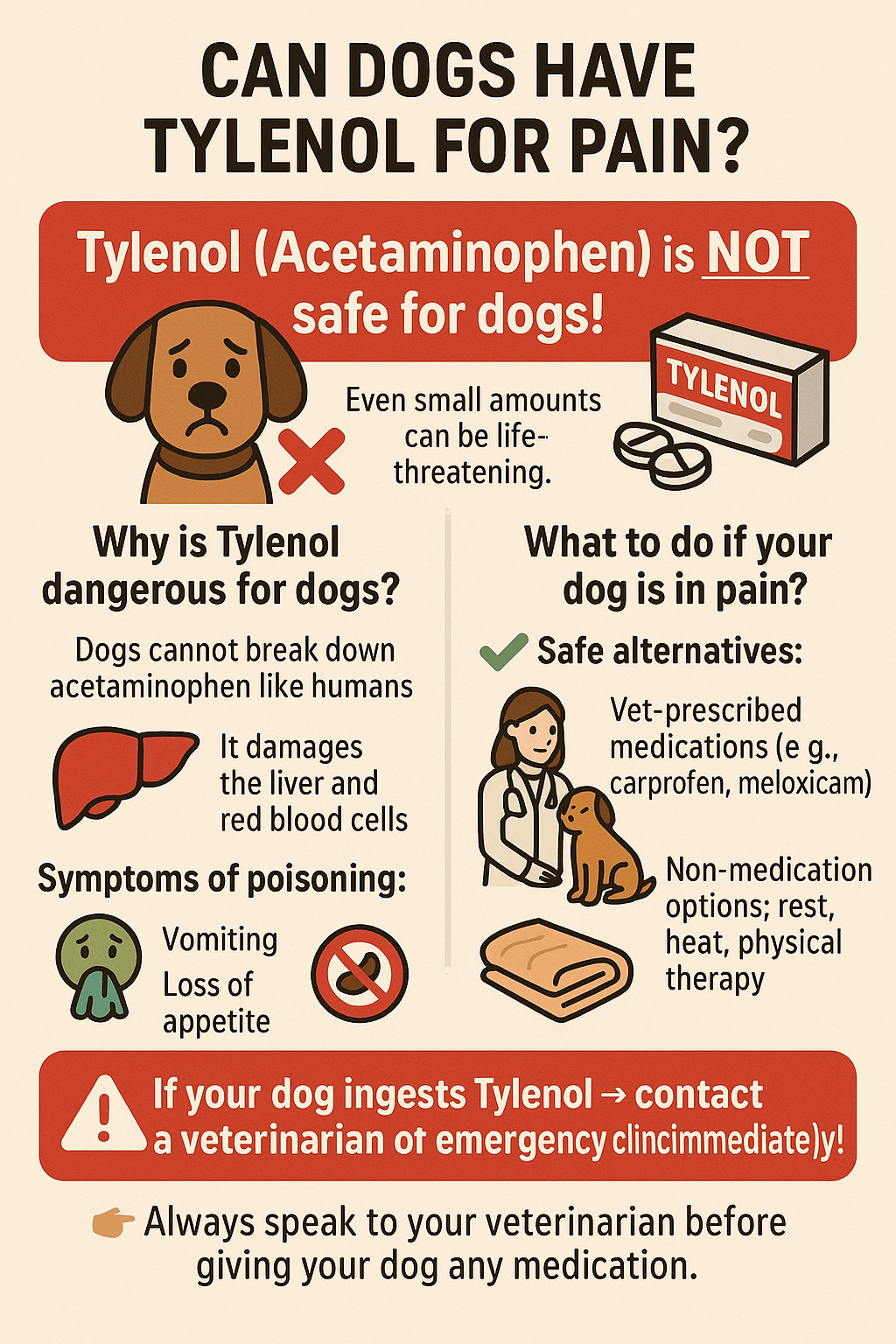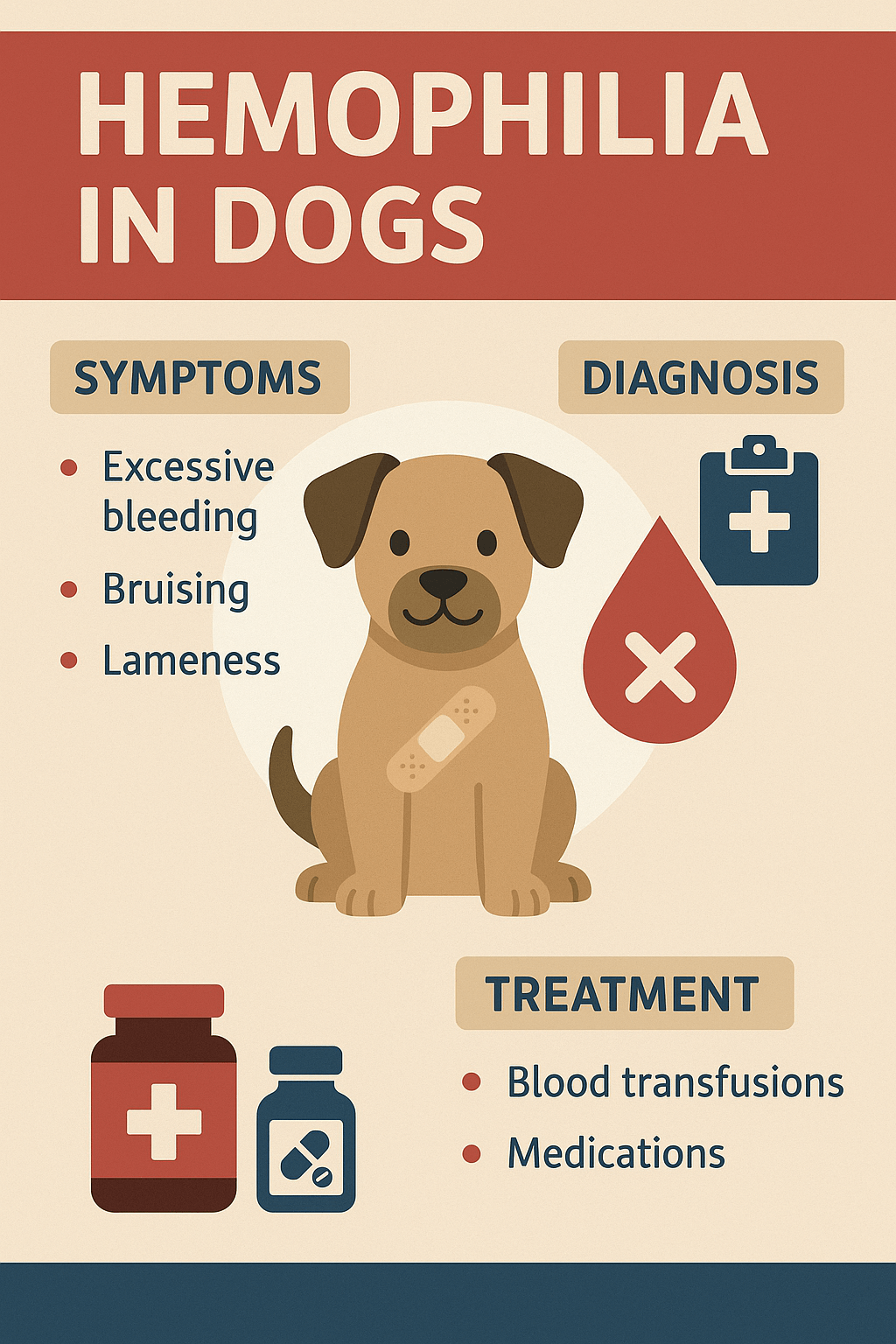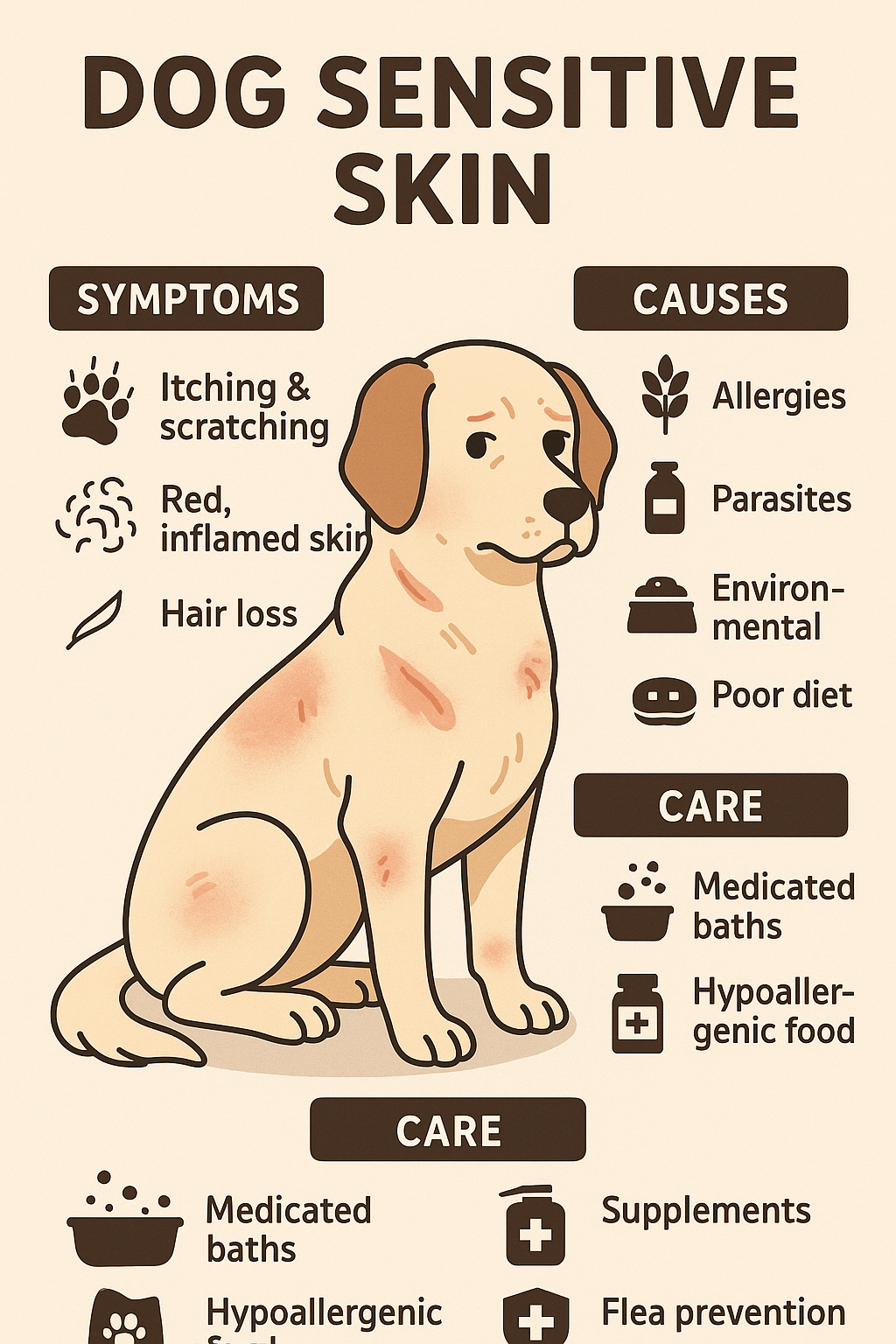Understanding Scleral Hemorrhage in Dogs
Scleral hemorrhage, or bleeding in the white part of a dog’s eye, can be alarming for pet owners. This condition occurs when small blood vessels rupture, causing redness or discoloration on the sclera, the outer layer of the eye. While it may look concerning, scleral hemorrhage is not always an emergency—but it does require careful observation and sometimes veterinary evaluation. Understanding its causes, symptoms, and treatment options can help you ensure your dog’s ocular health remains intact. In this blog post, we’ll explore everything you need to know about scleral hemorrhage in dogs, from identifying potential triggers to managing recovery effectively.
Common Causes of Scleral Hemorrhage in Dogs
The appearance of scleral hemorrhage in dogs can stem from various underlying factors. Identifying the cause is crucial for determining whether the condition requires immediate attention or simple monitoring.
Trauma or Injury:
A blow to the head, rough play, or accidental scratches near the eye can damage blood vessels, leading to scleral hemorrhage.High Blood Pressure (Hypertension):
Elevated blood pressure can strain delicate blood vessels in the eye, making them more prone to bursting.Bleeding Disorders:
Conditions like thrombocytopenia or clotting abnormalities can increase the risk of uncontrolled bleeding, including in the eyes.Infections or Inflammation:
Severe eye infections or inflammatory diseases such as conjunctivitis may irritate blood vessels, causing them to rupture.Toxins or Medications:
Exposure to certain chemicals or medications that thin the blood can contribute to scleral hemorrhage in susceptible dogs.
Recognizing these potential causes allows you to address the root issue promptly and prevent further complications.
Common Causes of Scleral Hemorrhage in Dogs
The appearance of scleral hemorrhage in dogs can stem from various underlying factors. Identifying the cause is crucial for determining whether the condition requires immediate attention or simple monitoring.
Trauma or Injury:
A blow to the head, rough play, or accidental scratches near the eye can damage blood vessels, leading to scleral hemorrhage.High Blood Pressure (Hypertension):
Elevated blood pressure can strain delicate blood vessels in the eye, making them more prone to bursting.Bleeding Disorders:
Conditions like thrombocytopenia or clotting abnormalities can increase the risk of uncontrolled bleeding, including in the eyes.Infections or Inflammation:
Severe eye infections or inflammatory diseases such as conjunctivitis may irritate blood vessels, causing them to rupture.Toxins or Medications:
Exposure to certain chemicals or medications that thin the blood can contribute to scleral hemorrhage in susceptible dogs.
Recognizing these potential causes allows you to address the root issue promptly and prevent further complications.
Check this guide 👉Dog Eye Blood Vessel Burst: Best 7 Expert Tips!
Check this guide 👉Dog Eye Watering: Best 7 Expert Tips!
Check this guide 👉Signs a Dog Eye Ulcer Is Healing: Best 7 Expert Tips!
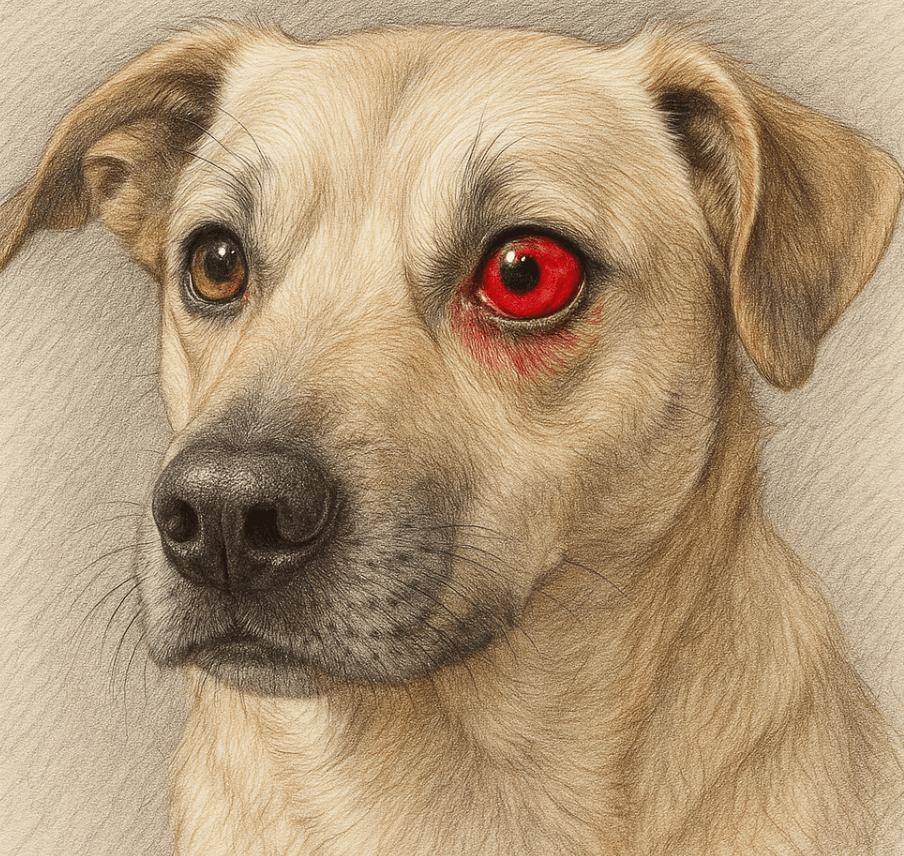
Causes of Scleral Hemorrhage | Treatment Options |
|---|---|
Trauma or physical injury | Rest, cold compresses, and vet checkups |
High blood pressure | Medication to manage hypertension |
Bleeding disorders | Blood tests and clotting treatments |
Infections or inflammation | Antibiotics or anti-inflammatory drugs |
Toxins or medication side effects | Removal of toxins and adjusting meds |
Steps to Take if Your Dog Has a Scleral Hemorrhage
If you notice scleral hemorrhage in your dog, it’s important to act calmly and methodically. Here are steps you can take to address the situation effectively.
Assess the Severity:
Check for other symptoms like swelling, discharge, or behavioral changes to gauge how serious the condition might be.Keep Your Dog Calm:
Minimize stress and activity to prevent worsening of the hemorrhage or triggering additional bleeding.Avoid Self-Treatment:
Refrain from applying over-the-counter eye drops or ointments unless specifically prescribed by a veterinarian.Monitor Progress:
Observe the affected eye daily to see if the redness diminishes or worsens over time.Schedule a Vet Visit:
If the hemorrhage persists beyond a week or is accompanied by severe symptoms, consult your veterinarian immediately.
Taking these steps ensures you handle scleral hemorrhage responsibly while safeguarding your dog’s overall well-being.
Preventive Measures to Avoid Scleral Hemorrhage
While some cases of scleral hemorrhage are unavoidable, there are proactive steps you can take to reduce the risk for your dog. Prevention is key to maintaining long-term ocular health.
Regular Veterinary Checkups:
Routine exams help detect early signs of conditions like hypertension or clotting disorders that could lead to hemorrhage.Protect Your Dog’s Eyes:
Use protective gear during activities where eye injuries are possible, such as hiking or playing with sharp objects.Maintain a Healthy Diet:
A balanced diet rich in vitamins supports vascular health and reduces the likelihood of weakened blood vessels.Limit Exposure to Toxins:
Keep household chemicals and toxic substances out of reach to avoid accidental ingestion or exposure.Manage Stress Levels:
Chronic stress can elevate blood pressure, increasing the risk of scleral hemorrhage. Provide a calm environment for your dog.
By implementing these preventive measures, you can significantly lower the chances of your dog experiencing scleral hemorrhage.
How to Differentiate Between Serious and Minor Cases
Not all instances of scleral hemorrhage require urgent intervention. Knowing how to differentiate between minor and serious cases can save you unnecessary worry—or prompt timely action.
Minor Cases:
Small patches of redness without additional symptoms usually resolve on their own within days.Accompanying Swelling:
Significant swelling may indicate trauma or infection requiring immediate attention.Behavioral Changes:
Lethargy, loss of appetite, or excessive pawing suggests a deeper issue beyond just the hemorrhage.Duration of Redness:
If the redness doesn’t fade after 7-10 days, it’s wise to consult a vet for further evaluation.Underlying Health Conditions:
Dogs with pre-existing illnesses like diabetes or kidney disease are at higher risk and should be monitored closely.
Understanding these distinctions empowers you to make informed decisions about your dog’s care.
Home Remedies That May Help (With Caution)
While professional veterinary advice is paramount, some home remedies can complement treatment under supervision.
Cold Compresses:
Gently applying a cold compress around the eye can reduce swelling and soothe irritation.Hydration:
Ensuring your dog stays hydrated promotes faster healing and overall health.Quiet Environment:
Creating a calm space minimizes stress, helping the body focus on recovery.Dietary Supplements:
Omega-3 fatty acids and antioxidants may improve vascular health but should only be given with vet approval.Monitoring Sleep Patterns:
Adequate rest aids healing; ensure your dog has a comfortable place to relax undisturbed.
Always confirm with your vet before trying any home remedies to avoid unintended consequences.
When Scleral Hemorrhage Indicates Deeper Issues
Sometimes, scleral hemorrhage serves as a warning sign for more serious underlying conditions. Being aware of these possibilities prepares you to address them proactively.
Systemic Hypertension:
Persistent high blood pressure can manifest through repeated episodes of scleral hemorrhage.Autoimmune Disorders:
Conditions like immune-mediated thrombocytopenia can disrupt normal clotting mechanisms, leading to frequent bleeding.Chronic Kidney Disease:
Dogs with kidney issues often experience secondary hypertension, increasing the risk of ocular hemorrhages.Tick-Borne Illnesses:
Diseases like Lyme disease or ehrlichiosis can impact blood clotting and trigger hemorrhagic events.Tumors or Growths Near the Eye:
Abnormal growths pressing on blood vessels can cause ruptures and recurrent hemorrhaging.
Identifying these connections ensures comprehensive care for your dog, addressing both surface-level and hidden health concerns.
Frequently Asked Questions About Scleral Hemorrhage in Dogs
Is scleral hemorrhage painful for my dog?
Most cases of scleral hemorrhage are not painful, but if accompanied by other symptoms like swelling or discharge, discomfort may occur.
Will the redness go away on its own?
Yes, mild cases typically resolve within 1-2 weeks as the blood is reabsorbed by the body.
Can I use human eye drops for my dog’s eye?
No, human eye drops may irritate your dog’s eyes further. Always consult a vet before using any medication.
Does scleral hemorrhage affect vision?
Generally, scleral hemorrhage does not impair vision unless it involves deeper structures of the eye or complicates into something more severe.
When should I worry about scleral hemorrhage?
Seek veterinary care if the redness persists for more than two weeks, worsens, or is accompanied by significant symptoms like blindness or lethargy.
Caring for Your Dog’s Ocular Health
Scleral hemorrhage in dogs, while unsettling to witness, is often manageable with proper care and attention. By understanding its causes, recognizing symptoms, and knowing when to seek professional help, you can ensure your furry friend receives the best possible support. Remember, prevention plays a vital role in maintaining your dog’s overall eye health—so stay vigilant, keep regular vet appointments, and prioritize their well-being. With love, patience, and informed decision-making, you can help your dog recover quickly and continue enjoying life to the fullest.
Rimadyl for Dogs: Best 7 Expert Tips! Discover expert advice on using Rimadyl safely, managing pain, and improving your dog’s mobility with trusted veterinary insights.
Can Dogs Have Tylenol for Pain? Best 7 Expert Tips! Discover the risks, safe alternatives, and expert advice on managing your dog’s pain effectively while avoiding harmful medications.
Understanding Hemophilia in Dogs: Best 7 Expert Tips! Discover expert advice on managing hemophilia, recognizing symptoms, and ensuring your dog’s well-being with practical care strategies.
Understanding Dog Sensitive Skin: Best 7 Expert Tips! Discover expert advice on managing dog sensitive skin, relieving irritation, and improving your pup’s comfort with practical solutions.

